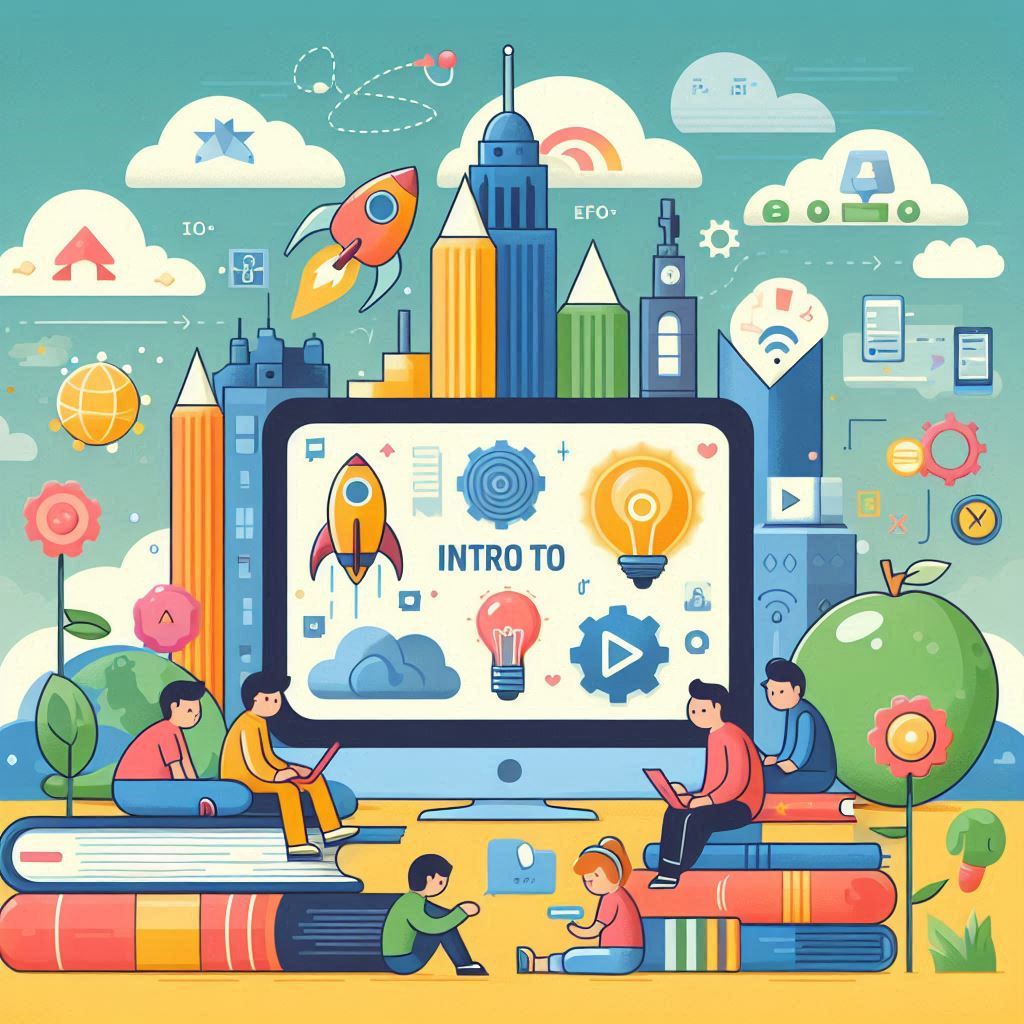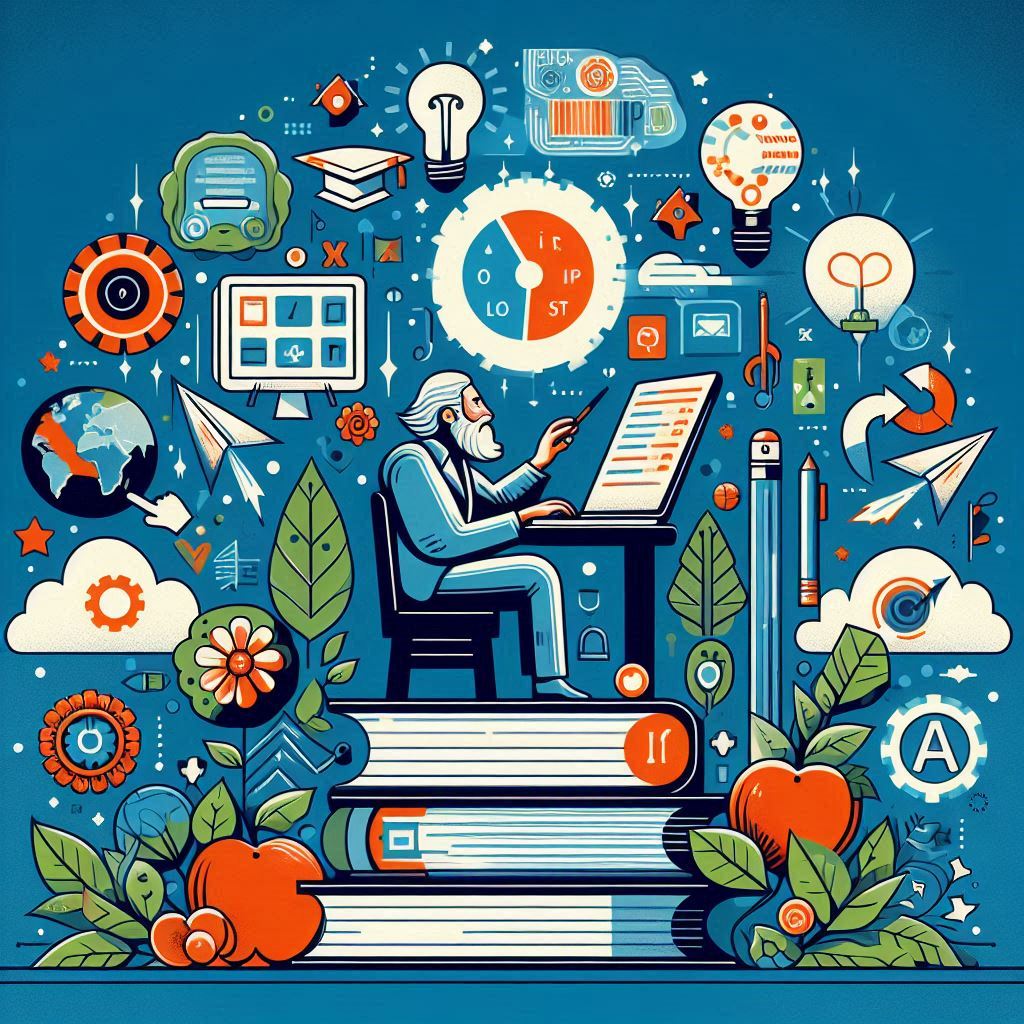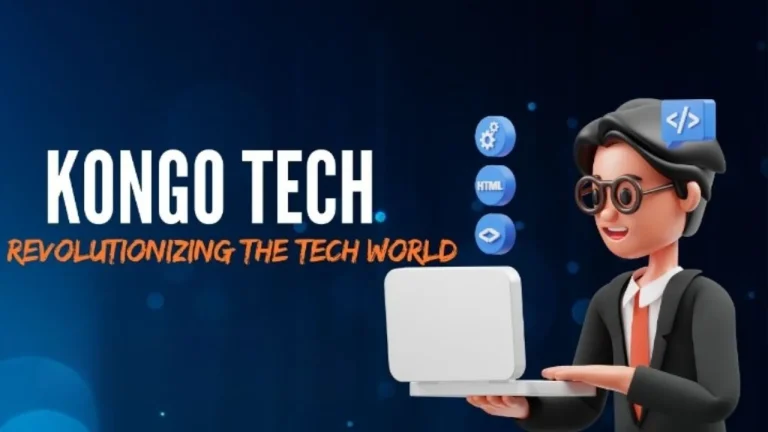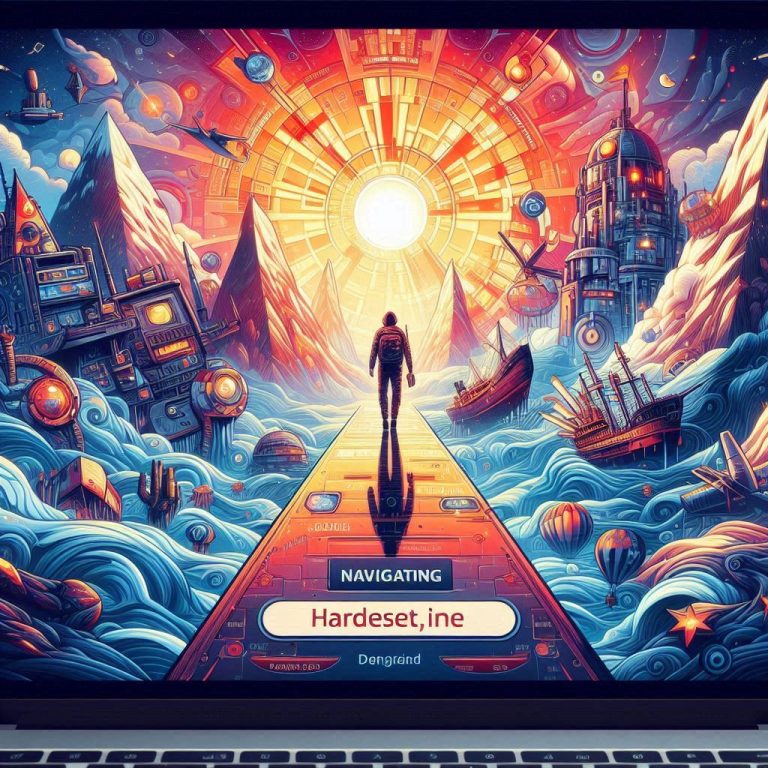intro to digital and info. literacy and computer app

In the modern world, proficiency in digital and information literacy, as well as computer applications, is essential for both personal and professional success. As technology continues to advance and permeate every aspect of our lives, understanding how to effectively use digital tools and applications becomes increasingly important. This blog post will provide a detailed overview of digital and information literacy, and computer applications, highlighting their significance, key components, and practical applications.
What is Digital and Information Literacy?
Digital Literacy refers to the ability to effectively and critically navigate, evaluate, and create information using a range of digital technologies. It encompasses a variety of skills, including:
- Technical Skills: Understanding how to operate digital devices such as computers, smartphones, and tablets.
- Information Management: The ability to find, evaluate, and organize information from digital sources.
- Digital Communication: Proficiency in using digital tools for communication, such as email, social media, and collaborative platforms.
- Online Safety and Ethics: Knowledge of safe online practices, including privacy protection, cybersecurity, and ethical behavior on digital platforms.
Information Literacy involves the skills required to locate, evaluate, and use information effectively. It includes:
- Research Skills: The ability to identify relevant information sources and conduct effective searches.
- Critical Thinking: Assessing the credibility and relevance of information, and synthesizing it to make informed decisions.
- Content Creation: Using information to create new content, such as reports, presentations, and multimedia projects.
Why is Digital and Information Literacy Important?

- Enhanced Problem-Solving Skills
Digital and information literacy equips individuals with the skills to tackle complex problems by leveraging digital tools and information sources. This is crucial in both personal decision-making and professional tasks. - Informed Decision-Making
With the ability to critically evaluate information, individuals can make more informed decisions, whether it’s choosing a product, understanding current events, or engaging in professional activities. - Career Advancement
Proficiency in digital literacy and information management is highly valued in the job market. Employers seek individuals who can effectively use digital tools and manage information to drive productivity and innovation. - Effective Communication
Digital literacy enhances communication skills by enabling individuals to use various digital platforms for sharing ideas, collaborating with others, and participating in online communities. - Personal Empowerment
Being digitally literate empowers individuals to navigate the digital world confidently, access valuable resources, and participate fully in contemporary society.
Key Components of Computer Applications
Computer applications, often referred to as software applications or apps, are programs designed to perform specific tasks or functions. Key types include:
- Productivity Software
- Word Processing: Applications like Microsoft Word or Google Docs are used for creating and editing text documents.
- Spreadsheets: Programs such as Microsoft Excel or Google Sheets allow users to manage data, perform calculations, and create charts.
- Presentation Software: Tools like Microsoft PowerPoint or Google Slides are used to create visual presentations.
- Communication Tools
- Email Clients: Applications like Microsoft Outlook or Gmail facilitate email communication.
- Messaging and Collaboration: Platforms such as Slack, Microsoft Teams, and Zoom support real-time communication and collaboration.
- Web Browsers
- Internet Navigation: Browsers like Google Chrome, Mozilla Firefox, and Safari are used to access and navigate the web.
- Media and Design Software
- Graphic Design: Applications like Adobe Photoshop and Canva are used for creating and editing images and graphics.
- Video Editing: Software such as Adobe Premiere Pro and Final Cut Pro allows users to edit and produce video content.
- Data Management and Analysis
- Database Software: Programs like Microsoft Access and MySQL help in managing and analyzing structured data.
- Data Visualization: Tools like Tableau and Power BI assist in creating visual representations of data for analysis.
Practical Applications of Digital Literacy and Computer Applications
- Academic Success
Students use digital and information literacy skills to conduct research, complete assignments, and collaborate on projects. Proficiency in computer applications aids in creating professional-quality work. - Workplace Efficiency
In a professional setting, digital literacy enhances productivity by enabling effective use of software tools for communication, data management, and project management. - Personal Development
Digital skills allow individuals to access online learning resources, manage personal finances, and engage in hobbies and interests through digital platforms. - Civic Engagement
Digital literacy supports active participation in community and civic activities, such as online voting, advocacy, and staying informed about local and global issues.
Conclusion
Digital and information literacy, coupled with proficiency in computer applications, are fundamental skills in today’s technology-driven world. Understanding how to navigate digital environments, manage information, and use various software tools is crucial for personal, academic, and professional success. As technology continues to evolve, ongoing learning and adaptation in these areas will help individuals stay relevant, informed, and empowered in a rapidly changing landscape. Embracing these skills not only enhances productivity and communication but also opens up new opportunities for growth and engagement in the digital age. Even small digital trends, like creating a Newprofilepicture on social platforms, show how adapting to technology can influence personal branding and online presence.



